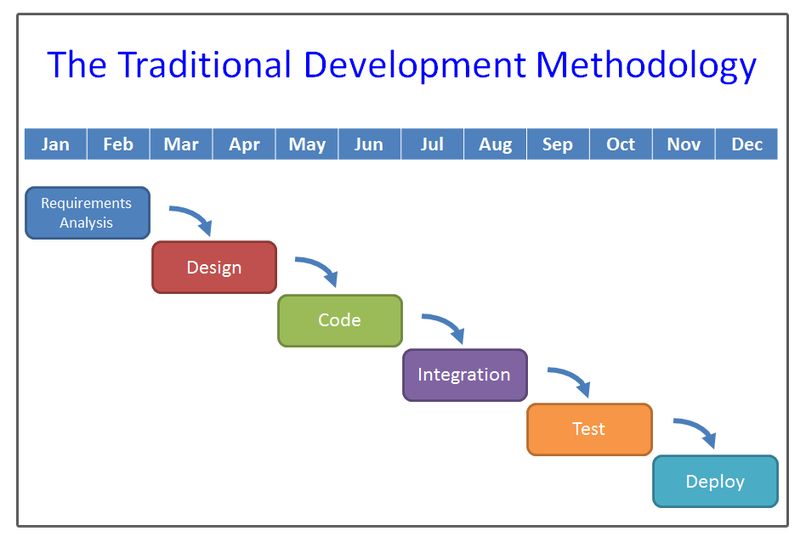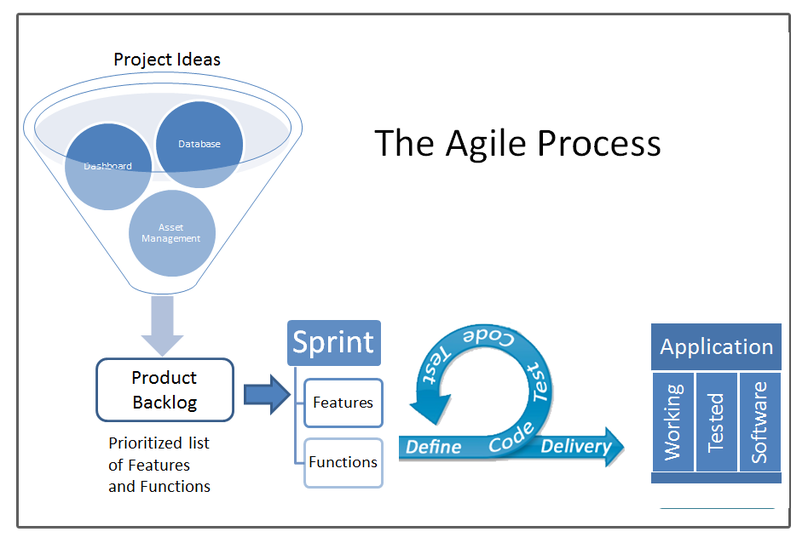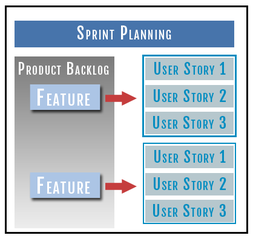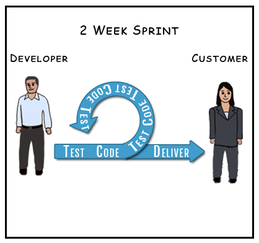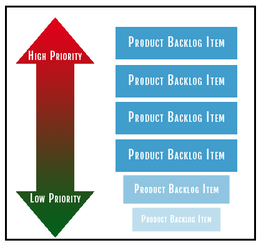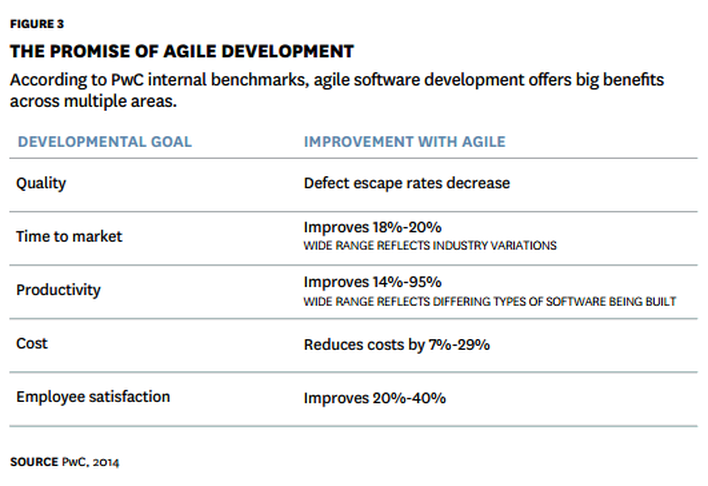Process
Traditional Waterfall |
VS |
Agile Development |
|
At the Symposium on advanced programming methods for digital computers in Washington, D.C. on June 29, 1956, Dr. Herbert D. Benington presented the first known description for what became known as the "Traditional" or "Waterfall" model for software development. This model became the standard for software development for more than 40 years.
|
In February of 2001, a group of 17 software developers met in Utah at the Snowbird Resort to uncover better software development methods and in the process help others as well. From this meeting they published The Agile Manifesto and in the process created The Agile Development Methodology.
|
How Agile Works
The SprintNow that the team has decided on what features will be developed during the first Sprint, the development process can begin. The code is developed and tested for each feature within the Sprint. At the end of the Sprint, all completed features will be delivered to the customer to be further tested and verified. Allowing the opportunity to suggest changes and/or new features based on the delivery.
|
And that's how it works. With the Backlog Refinement completed, the process begins again with another Sprint Planning, then the Sprint, the Sprint Review, and you guessed it, Backlog Refinement.
By utilizing the Agile Software Development Methodology, projects are typically more productive, faster to market, have fewer defects and produce happier customers. But don't take our word for it, check out the Harvard Business Review Analytic Service Report.
By utilizing the Agile Software Development Methodology, projects are typically more productive, faster to market, have fewer defects and produce happier customers. But don't take our word for it, check out the Harvard Business Review Analytic Service Report.

